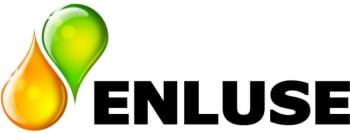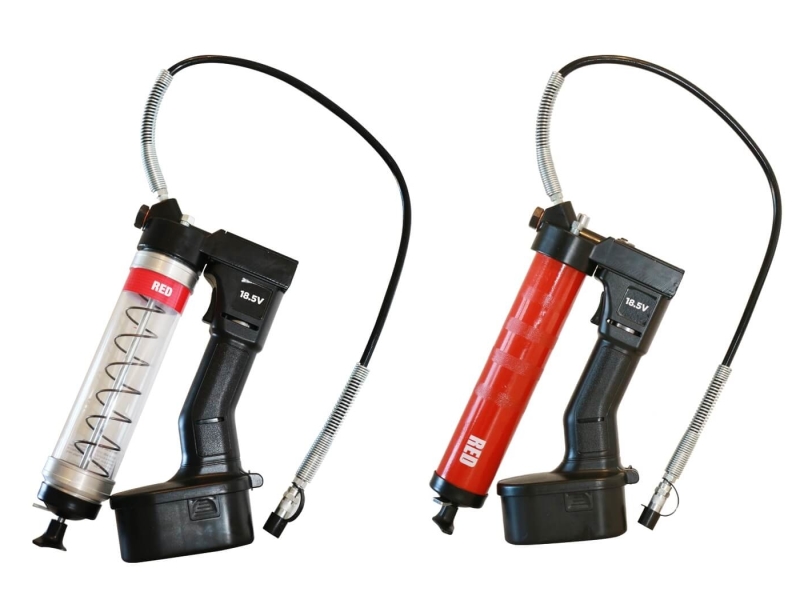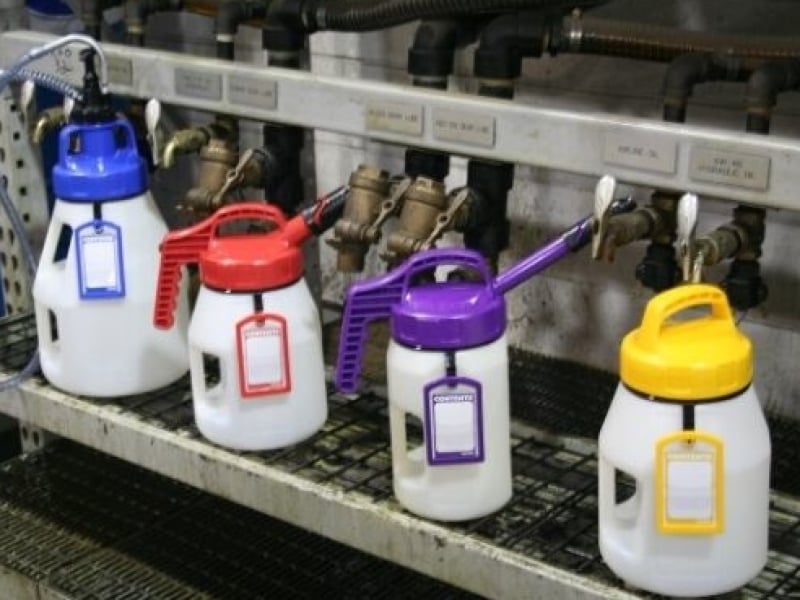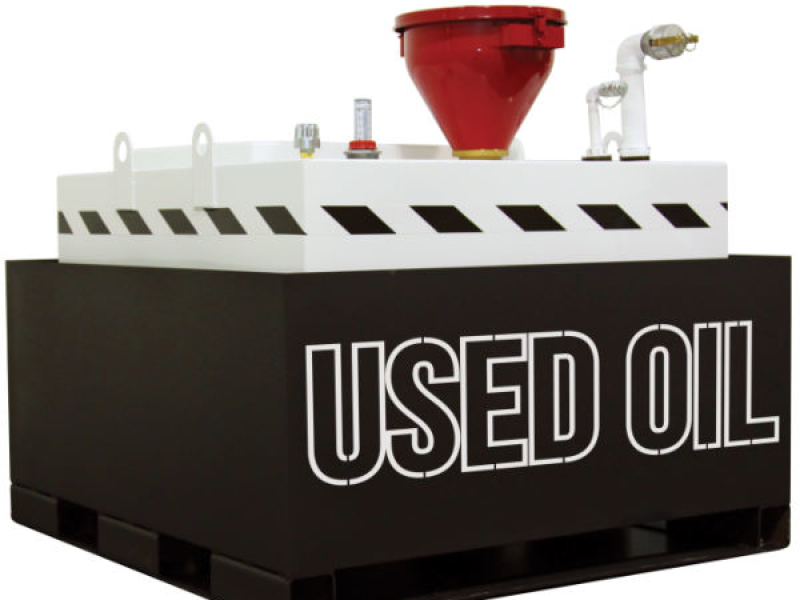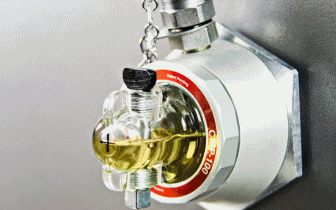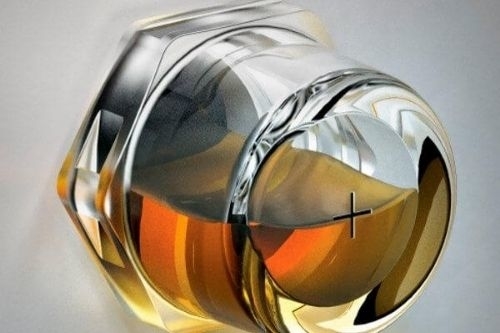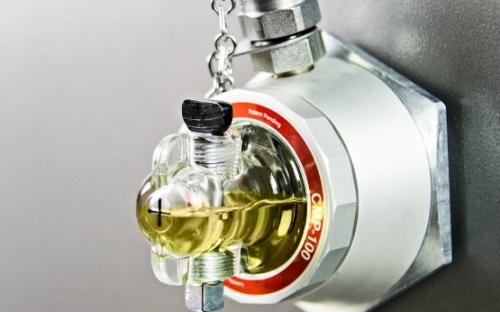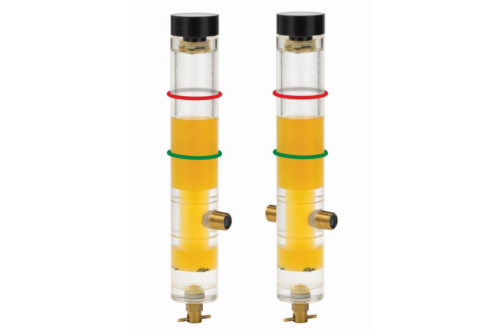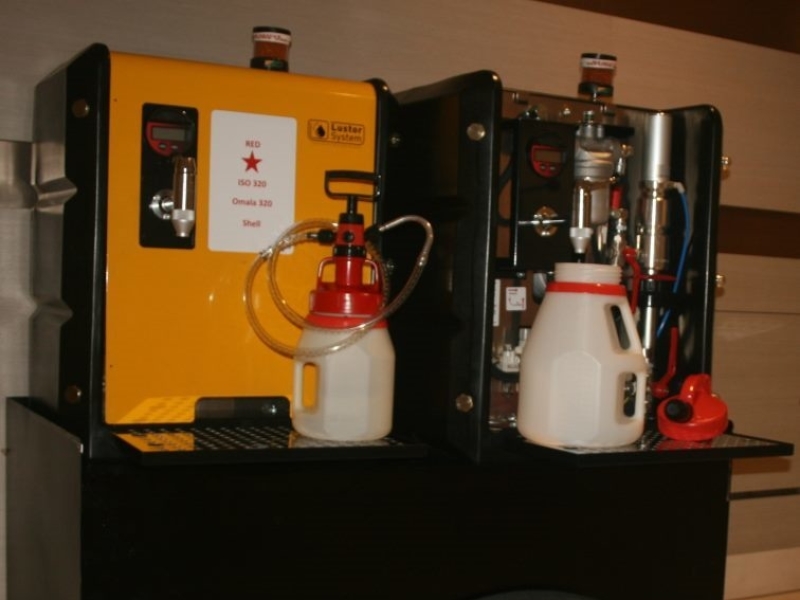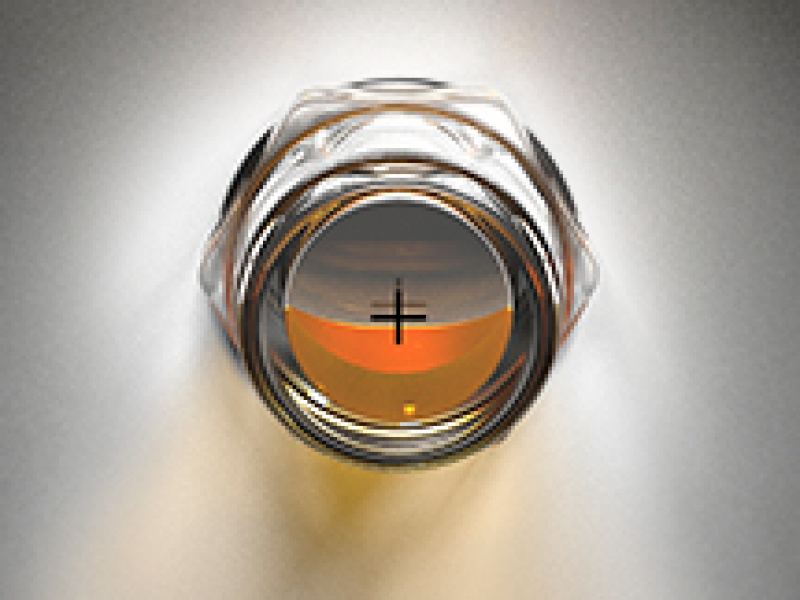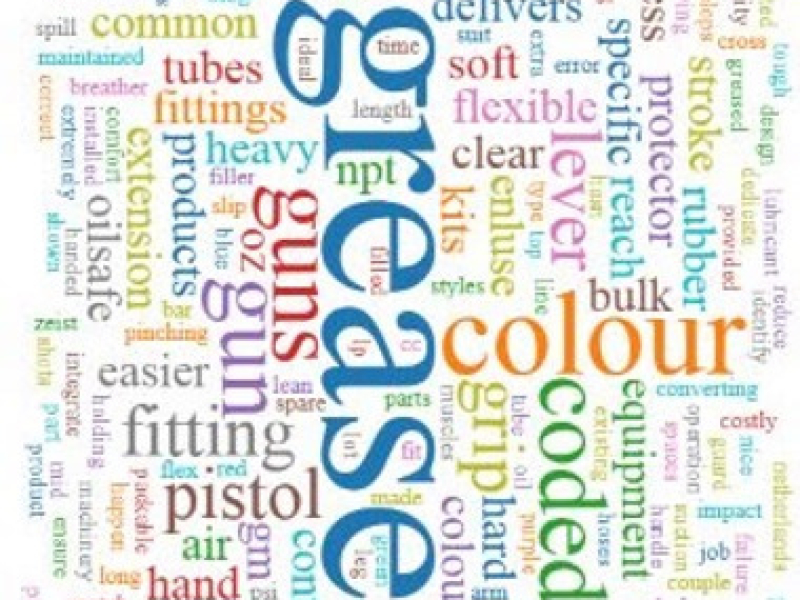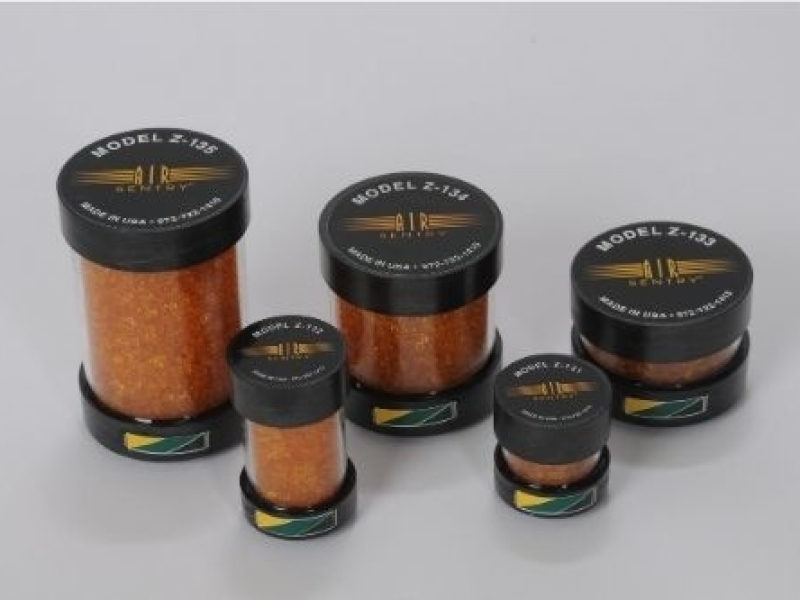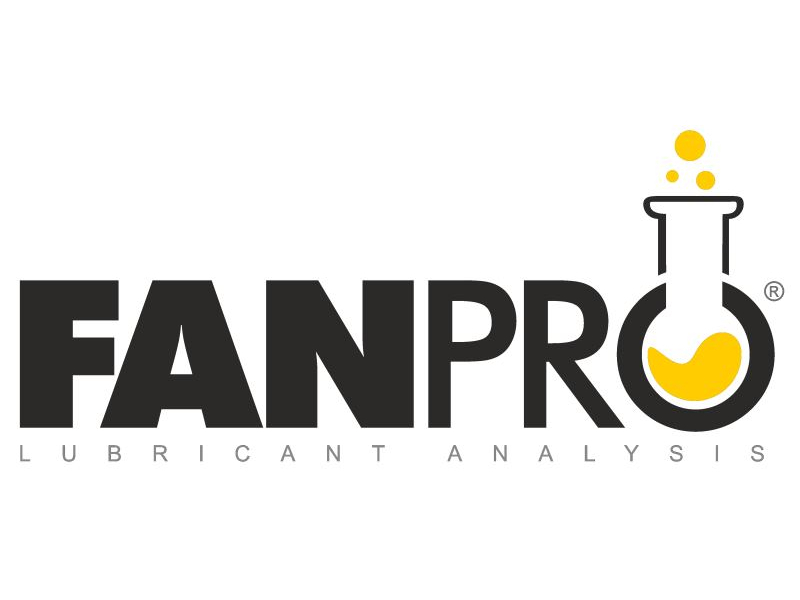Identification
Lubrication points without proper identification are perfect source for errors with dramatic consequences: wrong oil or grease in a machine can cause sudden breakdown. Sometimes even small quantity cross contamination can result in catastrophic failure inducing.
To ensure that the right lubricant is added to a piece of equipment, a labeling system is needed. This is driven by the fact that in large plants multiple types of lubricants are used. Lubricants are complex chemical compositions and are often very incompatible, so to avoid errors of mixing lubes and to support industry standards, particularly in the food-grade industry, a good labeling system is necessary.
